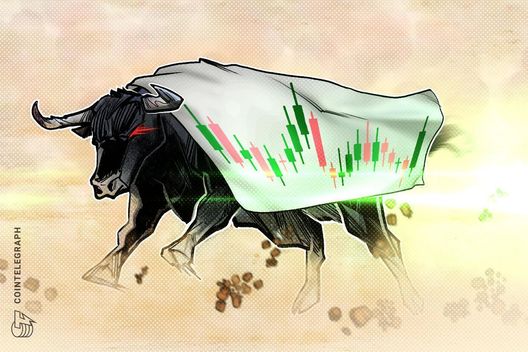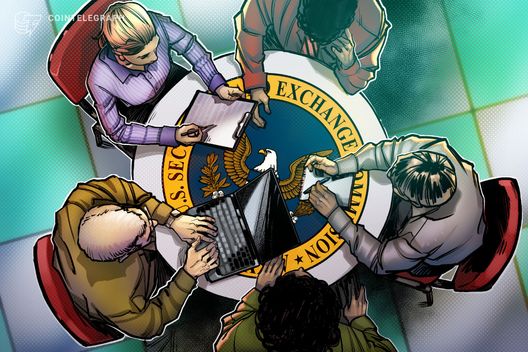News
Institutions are increasingly using the bitcoin options playbook for altcoins: STS Digital
Institutions are increasingly using bitcoin options strategies on altcoins to manage price volatility and enhance returns, STS Digital told CoinDesk.
Store of value demand, regulatory clarity to drive 2026 bull market: Grayscale

Grayscale said macro pressure and clearer US regulations are setting the stage for crypto’s next bull market in 2026.
Lighter DEX launches LIT token with 25% airdrop
The LIT token supply is split evenly between the ecosystem and team/investors, with a portion airdropped to early participants.
Silver overtakes bitcoin on volatility as year-end trading thins
Traders are forcing macro risk through metals rather than crypto, with silver volatility spiking on physical tightness while bitcoin stays trapped in a low-volatility holding pattern.
BlackRock’s BUIDL hits $100M million in dividends and passes $2 billion in assets
BUIDL tokens are used in crypto market infrastructure and as collateral, bridging traditional finance and blockchain technology.
Rep Waters demands SEC oversight hearing about its approach to crypto

Democrat Maxine Waters demands an SEC oversight hearing after the agency dropped major cases against Coinbase, Binance, and other crypto firms.
Bitcoin long-term hodlers finally halt selloff as ETH whales accumulate

Bitcoin selling pressure from long time hodlers is finally abating and Ether whales are adding to their holdings. Markets remain bearish, however.
ETH, ADA SOL slip as year-end selling lingers as bitcoin traders eye $80,000 to $100,000 range
Asian stocks cooled after a seven-day winning streak, while global equities dipped for the first time in eight sessions.
Dogecoin breaks support as year-end selling drags DOGE to $0.123
Open interest rose above $1.5 billion, indicating futures traders' continued exposure.
XRP price slips to $1.85 as key support gives way
Technical analysis suggests a defensive market stance, with XRP struggling to reclaim resistance levels and momentum indicators showing oversold conditions.